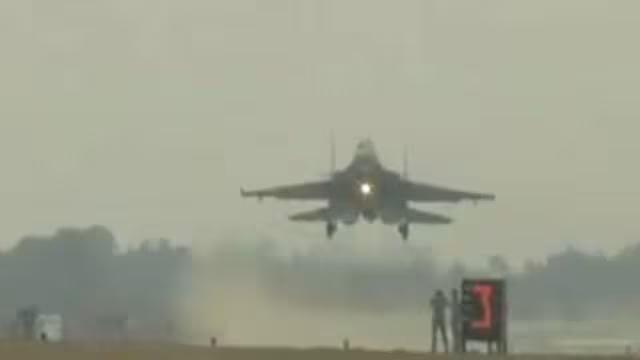
Why is IAF conducting fighter jets’ landing & take-off drill at Ganga Expressway in UP?
The Indian Air Force (IAF) recently conducted a unique exercise, wherein fighter jets like the Rafale landed and took off at the Ganga Expressway in Uttar Pradesh (UP). This exercise was a first-of-its-kind in India, where an expressway was used as an airstrip for both day and night landings of fighter jets. The IAF’s decision to conduct this exercise has raised several questions, and in this blog post, we will delve into the reasons behind this decision and explore the implications of this exercise.
Background
The Ganga Expressway is a 594-kilometer long elevated expressway that connects the cities of Agra, Lucknow, and Meerut in the state of Uttar Pradesh. The expressway was constructed at a cost of over Rs 33,000 crore and was opened for public use in August 2021. The expressway is considered one of the most ambitious infrastructure projects in India, with the potential to reduce travel time between the cities it connects.
Why the IAF chose the Ganga Expressway
The IAF chose the Ganga Expressway as the site for this exercise due to its unique characteristics. The expressway is a wide, flat, and straight road that can accommodate a significant amount of traffic, making it an ideal location for an airstrip. Moreover, the expressway is situated in a region that is strategically located, making it an attractive option for military operations.
According to reports, the IAF has been looking for alternative runways that can be used during times of war or national emergencies. The Ganga Expressway, with its length and width, offers an ideal solution for this purpose. The IAF has been conducting exercises on the expressway to assess its potential as an alternative runway.
The exercise
The exercise was conducted on the Ganga Expressway at day and night, with fighter jets like the Rafale taking off and landing on the expressway. The IAF used specialized equipment to prepare the expressway for the exercise, including installing lights and markings to create a makeshift airstrip.
The exercise was conducted to test the expressway’s capabilities and to assess its suitability as an alternative runway. The IAF also used the exercise to test its own capabilities, including its ability to take off and land on the expressway during day and night.
Implications of the exercise
The IAF’s exercise on the Ganga Expressway has significant implications for the country’s military strategy and infrastructure. The exercise demonstrates the IAF’s ability to adapt to changing circumstances and to use unconventional locations as airstrips.
The exercise also highlights the importance of infrastructure development in supporting military operations. The Ganga Expressway, with its length and width, offers an ideal solution for an airstrip, and the exercise demonstrates the potential of such infrastructure development in supporting military operations.
Conclusion
The IAF’s exercise on the Ganga Expressway is a significant development in the country’s military strategy and infrastructure. The exercise demonstrates the IAF’s ability to adapt to changing circumstances and to use unconventional locations as airstrips. The exercise also highlights the importance of infrastructure development in supporting military operations.
As the country continues to develop its infrastructure, it is essential to consider the military’s requirements and to design infrastructure that can support military operations. The IAF’s exercise on the Ganga Expressway is a step in the right direction, and it demonstrates the potential of such infrastructure development in supporting military operations.






